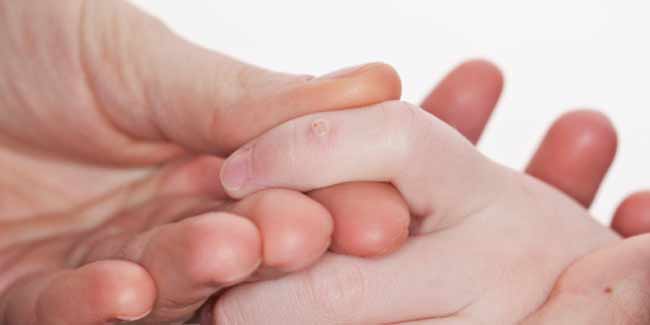
Small skin growths usually caused by the human papilloma virus (HPV) are known as warts. With around 40 different types of HPV, warts usually infect the top most layer of the skin. The virus can be transmitted from one person to another. It can either happen because of direct contact or indirectly when two people come in contact with a surface, like floor desk.
Table of Content:-

A healthy person may come in contact with HPV while walking barefeet in public places like gyms and shower floors. Also, the virus can be transmitted in the same person from one spot on the body to another.
Although there is some specific age for warts to occur, they are most common in older children and uncommon in elders.
The place where warts occur can vary with the type of virus that had caused it. For instant, flat warts commonly appear on the face, neck, chest, forearms and legs.
Warts usually go away after a year or two but some can last for years or may reoccur.
Symptoms of Warts
The two most often seen types of warts are common warts and plantar warts.
Common warts: This type has a rough surface and well-defined border. They can either be round or irregular in shape and their size usually varies from 2mm to 10mm. Common warts are firm and can be light gray, flesh-coloured, yellow, brown or gray-black. The most common places where they occur are fingernails and at the back of the hands. However, they can also be found on the elbows and knees. This kind does not hurt usually.

Plantar warts: This kind appears at the bottom of the foot. They get flattened by the pressure of standing on them and can be dotted with tiny, clotted blood vessels which can look like dark pinpoints. These warts are painful, especially when weight is applied on the foot.
Preventing Occurrence of Warts
It can be very difficult to prevent warts. But, you can minimize the chances of its occurrence by avoiding skin contact with existing warts and infected floors, like those of locker rooms and around swimming pools.
If you come in contact with a wart, you must wash your hands with soap and water, however, doing this does not ensure complete prevention.
Regular hand-washing is considered to be a wise precautionary measure.
To prevent passing on the infection to someone else, you should never pick at, rub or scratch a wart. Do not bite your fingernails or chew hanging nails. In case you are already infected, designate a separate nail cutter to cut tho infected finger nails.
Image courtesy: Getty Images
Read more on Warts Prevention.
Read Next
What your Gas says about Your Health
How we keep this article up to date:
We work with experts and keep a close eye on the latest in health and wellness. Whenever there is a new research or helpful information, we update our articles with accurate and useful advice.
Current Version
